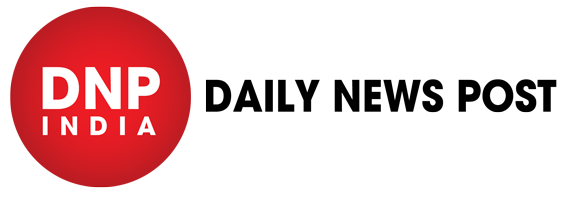In a key development amidst ongoing trade tensions, India’s Prime Minister Narendra Modi and U.S. Vice President JD Vance on Monday acknowledged the “significant” headway made in the long-pending India-U.S. Bilateral Trade Agreement during Vance’s visit to New Delhi.
Although the trip was largely personal—with Vance accompanied by Second Lady Usha Vance and their family—the high-level political engagement carried strong diplomatic weight. A statement from the Prime Minister’s Office (PMO) noted that both leaders “welcomed the progress” and shared a positive assessment of broader bilateral cooperation, including in defense, energy, and strategic technology sectors.
Tariff Tensions: A 26% Setback, A 90-Day Breather
The meeting comes at a time when trade tensions between the two countries remain unresolved. On April 2, India was hit with a 26% reciprocal tariff by the United States, before U.S. President Donald Trump suspended the levies for 90 days on April 9, temporarily lowering the burden to a 10% baseline.
With the 90-day window ticking, observers believe the latest talks could offer a crucial opening for relief—if not resolution.
USTR Jamieson Greer: “India’s Constructive Engagement is Welcomed”
U.S. Trade Representative Jamieson Greer, addressing media on Monday, said the two countries had “finalized the terms of reference” to outline a roadmap for negotiations. While he flagged a “serious lack of reciprocity” in the current trade equation, Greer also acknowledged India’s recent flexibility:
“India’s constructive engagement so far has been welcomed, and I look forward to creating new opportunities for workers, farmers, and entrepreneurs in both countries.”
Long-Term Goal: $500 Billion in Bilateral Trade
Back in February 2025, PM Modi and former President Donald Trump had jointly announced an ambitious goal to more than double bilateral trade between the two nations to $500 billion by 2030.
Currently, the total goods trade stands at approximately $129 billion, with India enjoying a trade surplus of $45.7 billion in 2024, according to the U.S. Trade Representative’s Office.
PM Modi’s Diplomatic Footprint and the Way Forward
This high-level engagement with Vice President JD Vance adds to Prime Minister Modi’s growing list of diplomatic outreach efforts, especially at a time when global trade realignments are reshaping supply chains and market access. Modi’s emphasis on strategic autonomy coupled with economic openness has helped position India as a key partner—not just in trade but in broader geopolitical dialogues.
Suggestions for PM Modi
While Modi’s proactive diplomacy is yielding results, trade experts suggest the following steps to solidify gains:
Fast-track Domestic Reforms to align with global standards, especially in IPR, data, and dispute resolution.
Enhance Market Access for U.S. agricultural and tech goods while safeguarding Indian sectors like pharma and textiles.
Institutionalize Regular Dialogues through annual summits or trade forums to preempt tariff shocks.
Strengthen MSMEs and Farmers through export incentives and tech upgrades to take advantage of new trade openings.
As the 90-day deadline approaches, the diplomatic signal is clear: both countries are willing to talk. Whether that talk leads to lasting trade relief—remains to be seen.

